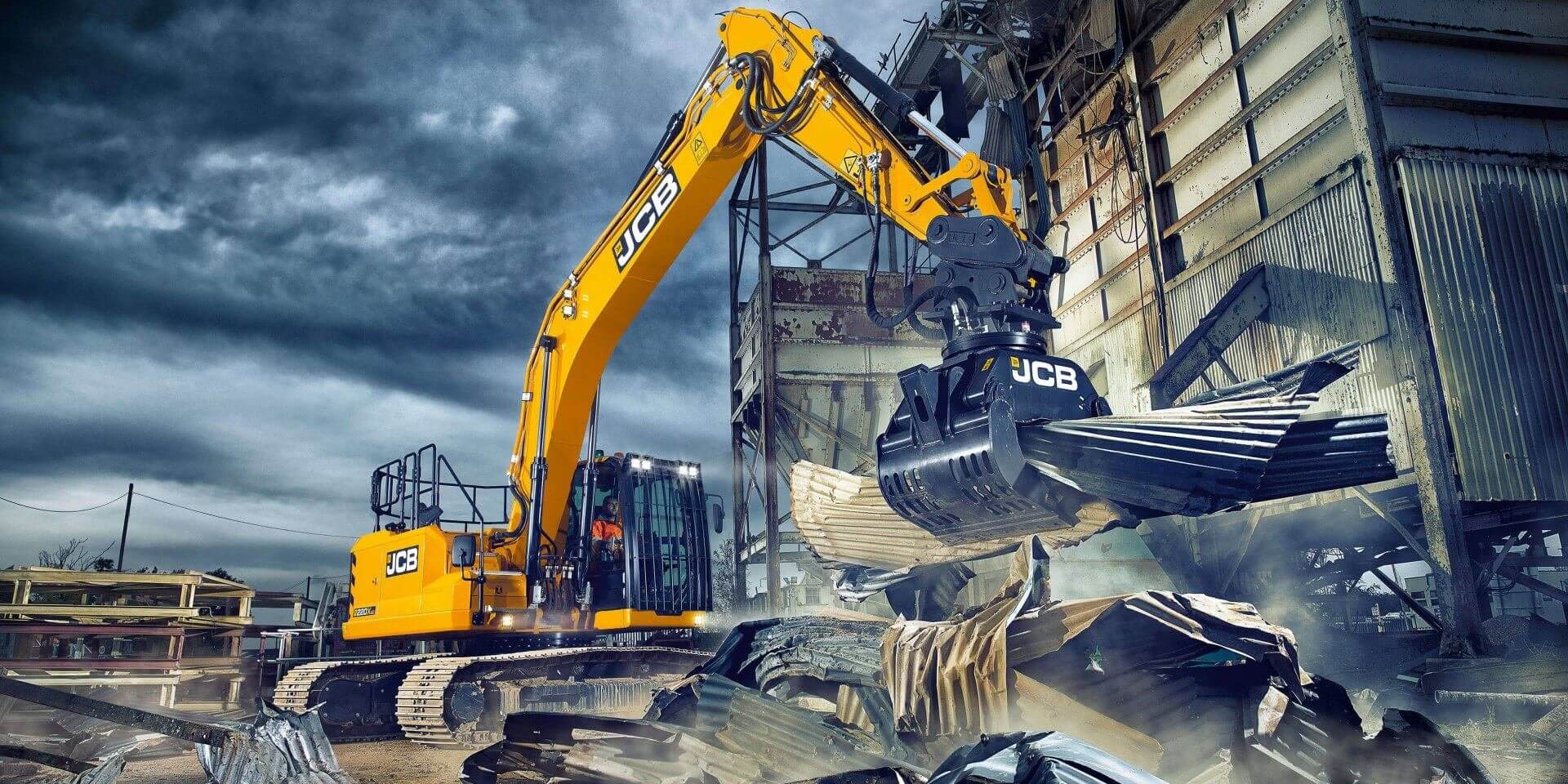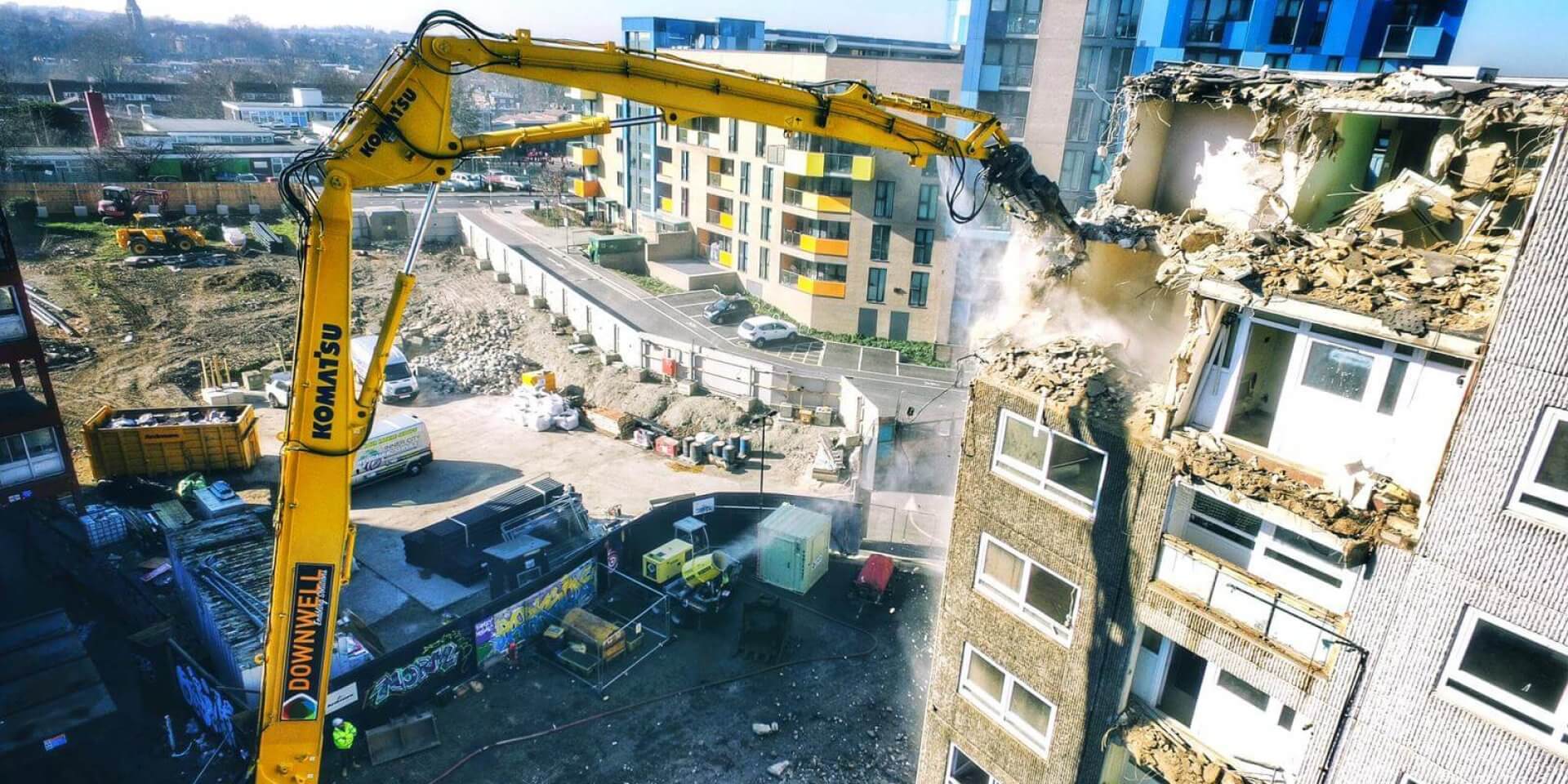Closure of Construction Equipment magazine will have widespread repercussions.
Those of you that read these idle ramblings on a regular basis will recall that, late last year, we lamented the sad passing of the UK construction magazines Contract Journal and Plant Managers Journal after their owner – Reed Business Information – decided it was no longer willing to prop up these ailing titles in the face of declining advertising revenues. You might also recall my own personal sadness at this unfortunate turn of events, Contract Journal being the magazine upon which I cut my journalistic teeth.
However, sentimentality aside, the closure of these two magazines was, perhaps, inevitable. Starved on investment, they had long failed to compete with other UK construction magazines and were a shadow of their former selves. And, in some areas, they had no-one to blame but themselves. Without wishing to hark back to the “good ol’ days”, it is certainly true that the journalistic make-up of these magazines had changed, and not for the better. Twenty years ago, the editorial staff included qualified civil engineers and construction professionals; the equipment was written about by people that had bought, sold and operated it. They were of the industry. Today, however, trade magazines are the domain of journeyman journalists who have written everything from computers to construction, or for ambitious youngsters for whom a spell of writing about diggers is merely a stepping stone towards national newspaper journalism.
Like the dust cloud from an Icelandic volcano, the fallout from the failure of these magazines continues to have an impact. Construction News, the last remaining weekly construction title, now has a near monopoly and can do more or less as it wishes without fear of competition, including putting its content behind a paid firewall which means that readers have to fork out cash each time they read a new article. Rather than cropping up on new or existing magazines, the editorial team behind Contract Journal now haunts the online hinterland that, for many, is the elephant’s graveyard of journalism. And, worst of all, the UK construction business loses a valuable and often insightful source of news and information.
Why am I mentioning this now? Well, quite simply, because Reed Business Information has now repeated its construction magazine culling with the shocking and unexpected closure of US title Construction Equipment, a leader in its field for some 60 years.
But while the ultimate effect will be the same, if not worse, the circumstances could not be more different. The journalists behind Construction Equipment were the top of their game, the “grand fromage” of the mobile equipment sector. In fact, when I first picked up my journalist’s notepad some quarter of a century ago, my then editor handed me a copy of Construction Equipment and said, simply: “THAT is what you’re aiming for”.
Unlike its UK Reed stablemate, Construction Equipment HAD successfully made the offline to online transition. Indeed, it was some of the machine test videos and other online content from the likes of Rod Sutton and Larry Stewart that helped shape Demolition News. It was also the reason that I was honoured to write a regular Demolition Digest blog for what was the world’s largest and most widely-read construction equipment magazine.
Sadly, Reed’s determination to divest itself of paper-based business-to-business publishing, combined with a recessionary decline in available advertising revenue, has brought all of this to an untimely end. And sixty years after setting the standard for the industry, the world’s foremost source of mobile equipment news, views and insight has closed its doors.
And the global construction sector will be poorer for its passing.





 When news of the tragic and devastating
When news of the tragic and devastating  Police officers were among the onlookers when a former Hells Angels clubhouse in Oshawa, Ontario was demolished on 30 March. A crowd of civilians, as well as a helicopter, were also there to observe the demo job by Aurora-based Priestly Demolition. For members of the Durham Regional Police Service who observed the demolition, the building stood as a symbol of defiance to authority.
Police officers were among the onlookers when a former Hells Angels clubhouse in Oshawa, Ontario was demolished on 30 March. A crowd of civilians, as well as a helicopter, were also there to observe the demo job by Aurora-based Priestly Demolition. For members of the Durham Regional Police Service who observed the demolition, the building stood as a symbol of defiance to authority. The
The  The implosion of
The implosion of  The fire service has urged the public to stay away from a major demolition site after a waste timber blaze. It follows an incident in the Dalswinton Avenue area of Dumfries at about 0200 BST on Tuesday. The fire and rescue service said it appeared the fire had been started deliberately.
The fire service has urged the public to stay away from a major demolition site after a waste timber blaze. It follows an incident in the Dalswinton Avenue area of Dumfries at about 0200 BST on Tuesday. The fire and rescue service said it appeared the fire had been started deliberately.